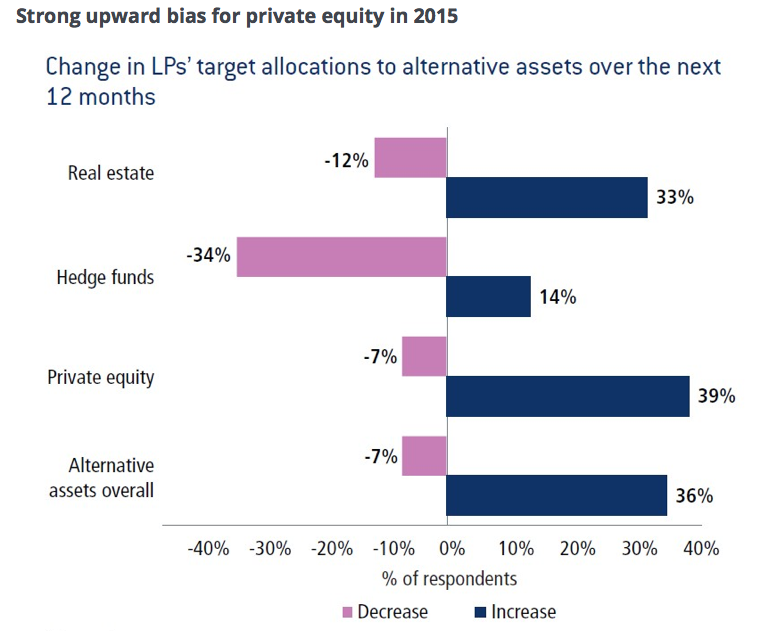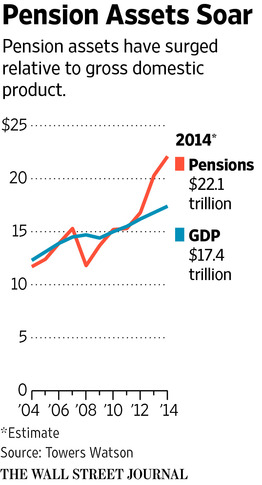
Canadian companies and pension funds collectively invested $2.75 billion in commercial U.S. real estate in the first month of 2015.
In 2014, that number was a hefty $9.7 billion. What’s behind the binge? Leo Kolivakis of Pension Pulse gives 5 reasons why Canada’s pensions are snapping up real estate in the U.S., and elsewhere.
_______________________________
By Leo Kolivakis, Pension Pulse
Why are they doing this? There are a few reasons. First, real estate has long been heralded as the best asset class among Canada’s large public pension funds which are increasingly shifting assets away from volatile public markets into private markets, especially real estate and infrastructure which offer more predictable yields over the long-run.
Second, Canada’s large pension funds aren’t dumb. They read this blog and many other market sources and I’m sure the most savvy of them agree with me, Canada’s crisis is just beginning. This is why they’re scrambling to snap up as much U.S. and European real estate even though the loonie keeps declining. They know it will fall further but they also know there are better opportunities outside of Canada at this time given their long investment horizon.
Third, some of Canada’s large public pension funds, like bcIMC, are much more exposed to Canada’s commercial real estate market than others. bcIMC recently announced it agreed to sell Delta Hotels and Resorts to Marriott International for $168 million, but it has a lot more work to properly diversify its real estate holdings outside of Canada.
Fourth, in my opinion the Caisse’s real estate division, Ivanhoé Cambridge, is by far the best real estate investment management outfit in Canada. There are excellent teams elsewhere too, like PSP Investments, but Ivanhoe has done a tremendous job investing directly in real estate and they have been very selective, even in the United States where they really scrutinize their deals carefully and aren’t shy of walking away if the deal is too pricey.
Fifth, I don’t see interest rates rising anytime soon. In fact, I see central banks pumping a lot more liquidity into the global financial system. And as I recently explained, I’m not in the camp that the Fed will raise rates in 2015 and risk making a monumental mistake.
Having said all this, the rush into real estate and other illiquid alternatives worries me. Why? Because I’m increasingly worried about global deflation and the long-term effects it will have on all investments, especially illiquid private markets.
Don’t get me wrong, done properly, real estate, infrastructure and private equity are great asset classes. But as global pension funds and sovereign wealth funds topple over each other to find deals, they are significantly bidding up prices, lowering prospective returns on all private market investments, and this will really hurt them if a prolonged period of deflation sets in.
A long time ago I wrote a comment asking whether pensions are taking too much illiquidity risk. I think you should all read that comment again and keep it mind as you plow into U.S. and global real estate. Sure, pensions should take the long, long view, but they also need to be acutely aware of price entry and how a prolonged period of debt deflation impacts all their investments, especially private market investments.
Photo credit: “Canada blank map” by Lokal_Profil image cut to remove USA by Paul Robinson – Vector map BlankMap-USA-states-Canada-provinces.svg.Modified by Lokal_Profil. Licensed under CC BY-SA 2.5 via Wikimedia Commons – http://commons.wikimedia.org/wiki/File:Canada_blank_map.svg#mediaviewer/File:Canada_blank_map.svg






